White gold is one of the most sought-after metals in fine jewelry — elegant, timeless, and radiating a cool, silvery luster that rivals platinum. But what exactly is white gold? How is it made? And why does it shine so brilliantly? Whether you’re shopping for an engagement ring, a wedding band, or simply curious about luxury metals, this comprehensive guide will answer all your questions — and help you make an informed, dazzling choice.
Let’s dive into the world of white gold — its composition, craftsmanship, care, and why it continues to captivate jewelry lovers worldwide.
What is White Gold? The Basics
White gold is not a naturally occurring metal — it’s an alloy, meaning it’s created by blending pure gold with other white metals to achieve its signature color and durability. Pure gold (24K) is naturally yellow and too soft for everyday jewelry, so it’s mixed with alloys like nickel, palladium, silver, or zinc to strengthen it and give it that sleek, white appearance.
The most common karats for white gold are:
- 18K White Gold: 75% pure gold + 25% alloy metals
- 14K White Gold: 58.3% pure gold + 41.7% alloy metals
- 10K White Gold: 41.7% pure gold + 58.3% alloy metals (minimum legal karat in the U.S.)
Fun Fact: White gold didn’t become popular until the early 20th century when platinum was reserved for wartime efforts. Jewelers needed an alternative — and white gold rose to fame.
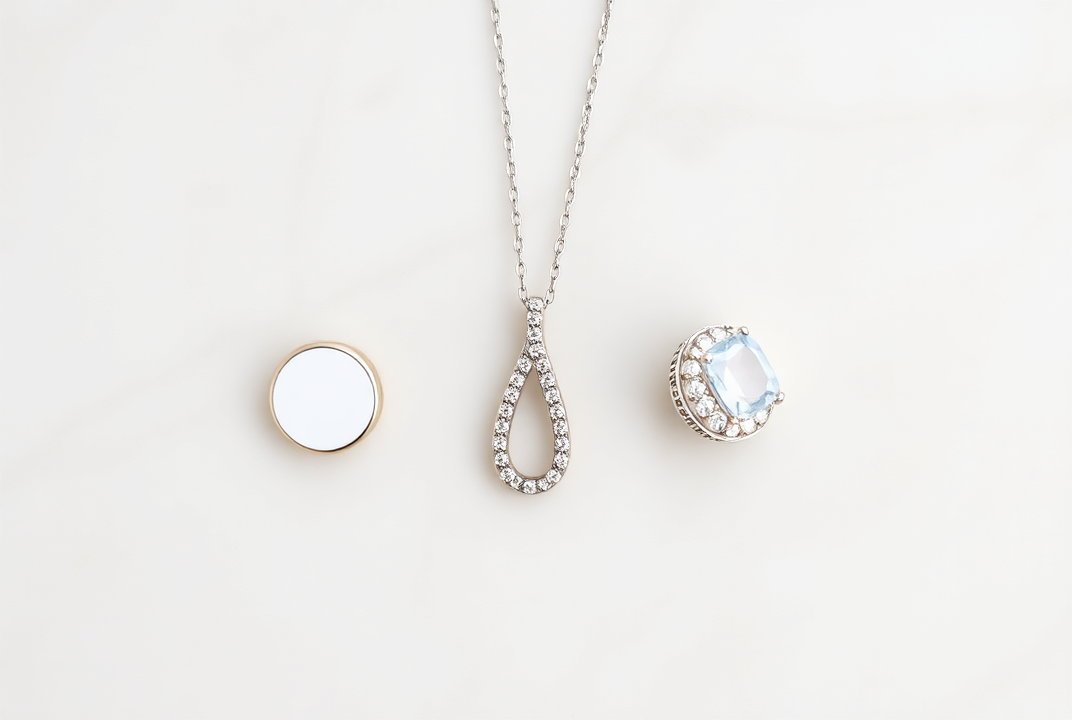
The Composition of White Gold
To truly understand white gold, let’s break down its composition. White gold isn’t naturally white—pure gold is yellow. Jewelers create it by alloying gold with white metals such as nickel, palladium, silver, or zinc. The exact mix varies by manufacturer, but a typical recipe for 18k white gold might include 75% gold and 25% nickel or palladium.
- Nickel-Based White Gold: This is one of the most common types, offering affordability and hardness. However, it can cause allergic reactions in some people due to nickel content.
- Palladium-Based White Gold: A hypoallergenic option that’s pricier but provides a naturally whiter tone without heavy reliance on plating.
- Other Alloys: Silver or zinc might be added for color and strength, sometimes with a touch of copper for balance.
The karat level affects both composition and value. Higher karat white gold (like 18k) has more pure gold but may appear slightly yellower without additional treatments. Lower karat options (10k or 14k) are more durable and budget-friendly, perfect for everyday white gold jewelry like rings or pendants. When shopping, look for hallmarks like “14K WG” to verify authenticity and composition.
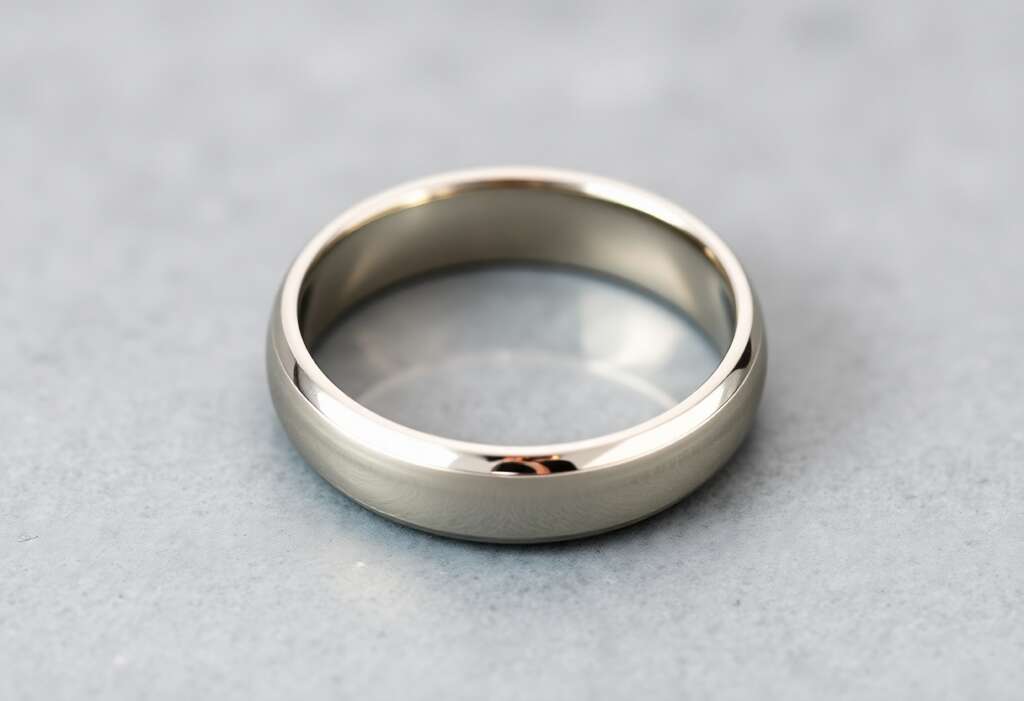
Why Does White Gold Shine? The Rhodium Plating Secret
One of the biggest misconceptions about white gold is that it’s naturally bright white. In reality, raw white gold has a slightly warm, grayish-yellow tint. So why does your white gold ring look so brilliantly silver?
The answer: Rhodium plating.
Rhodium is a rare, silvery-white metal from the platinum family. It’s extremely hard, highly reflective, and resistant to tarnish — making it perfect for plating white gold jewelry. Almost all modern white gold pieces are dipped in a thin layer of rhodium to enhance their shine, whiteness, and scratch resistance.
But here’s the catch: Rhodium plating wears off over time (usually 1–3 years, depending on wear). When it does, your jewelry may appear slightly yellow or dull — but don’t panic! A quick re-plating at your jeweler will restore its mirror-like brilliance.
White Gold vs. Platinum vs. Silver: Which is Best?
Let’s break it down:
| Feature | White Gold | Platinum | Silver |
|---|---|---|---|
| Color | Bright white (rhodium plated) | Naturally white, grayer tone | Bright but tarnishes |
| Durability | Very durable | Extremely durable | Softer, scratches easily |
| Price | Mid-range | Most expensive | Most affordable |
| Maintenance | Needs re-plating | Minimal, develops patina | Needs frequent polishing |
| Weight | Lighter | Heavier | Lightest |
Best for: Engagement rings, wedding bands, high-wear pieces — white gold offers luxury at a more accessible price than platinum.
Does White Gold Tarnish? Maintenance Tips
One common question is: does white gold tarnish? The short answer is no—white gold itself doesn’t tarnish like silver because gold is inert and doesn’t react with oxygen. However, it can appear to “tarnish” as the rhodium plating wears away, exposing the yellowish alloy underneath.
To keep your white gold jewelry shining:
- Clean Regularly: Use mild soap and warm water; avoid chlorine or abrasives.
- Store Properly: Keep pieces separate to prevent scratches, in a dry place.
- Replate as Needed: Every 1-2 years for heavily worn items like rings.
- Avoid Allergens: Opt for nickel-free options if sensitive.
With proper care, your white gold pieces can last a lifetime, maintaining their allure without true tarnishing.
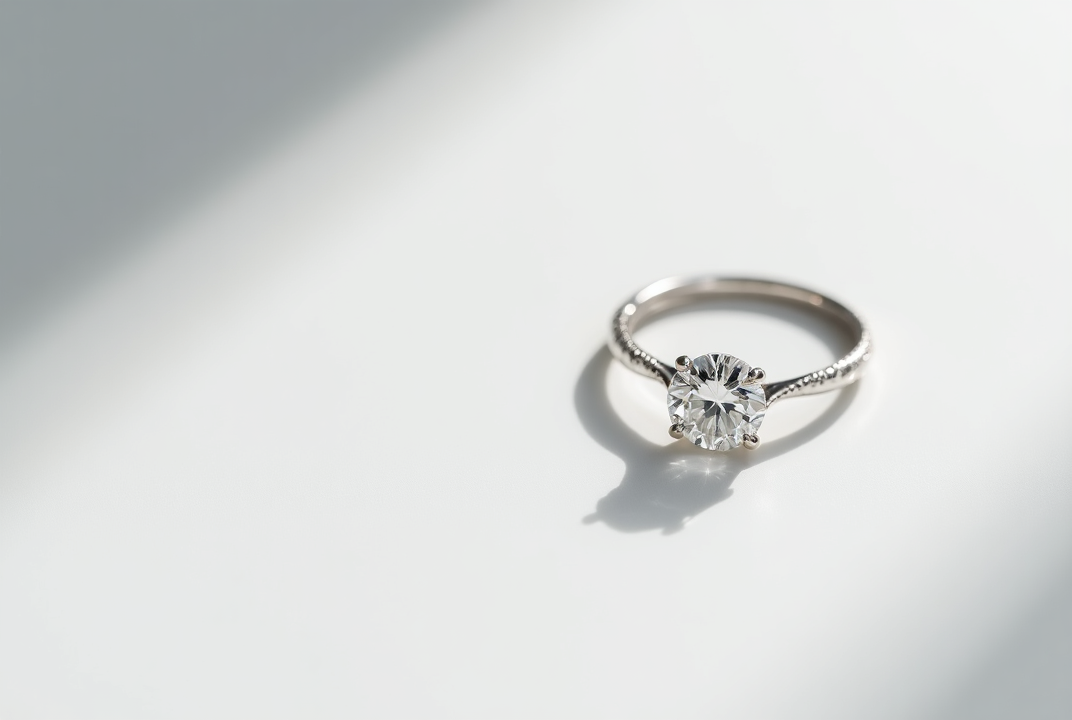
White gold strikes the perfect balance between luxury, durability, and affordability. Its cool, radiant glow complements diamonds and gemstones beautifully, making it a favourite for Bridal Jewelry, Earrings, and statement pieces. In case of White gold vs platinum, white gold requires a bit more maintenance because of its versatility and timeless appeal make it worth every bit of care.
Whether you’re buying your first piece or adding to your collection, understanding what white gold is — and how to care for it — ensures your jewelry will sparkle for years to come.
White Gold FAQ
Is white gold real gold?
Yes! White gold contains real gold — it’s just mixed with other metals to change its color and hardness. The karat (10K, 14K, 18K) tells you how much pure gold is in the alloy.
Is white gold hypoallergenic?
Not always. If it contains nickel, it may cause skin irritation. Opt for nickel-free or palladium-based white gold if you have sensitive skin.
How long does rhodium plating last?
Typically 1–3 years, depending on how often you wear the piece and your skin’s chemistry. Rings wear faster than necklaces or earrings.
Can you shower with white gold?
Technically yes, but it’s not recommended. Soap, shampoo, and hard water can dull the finish and speed up rhodium wear.



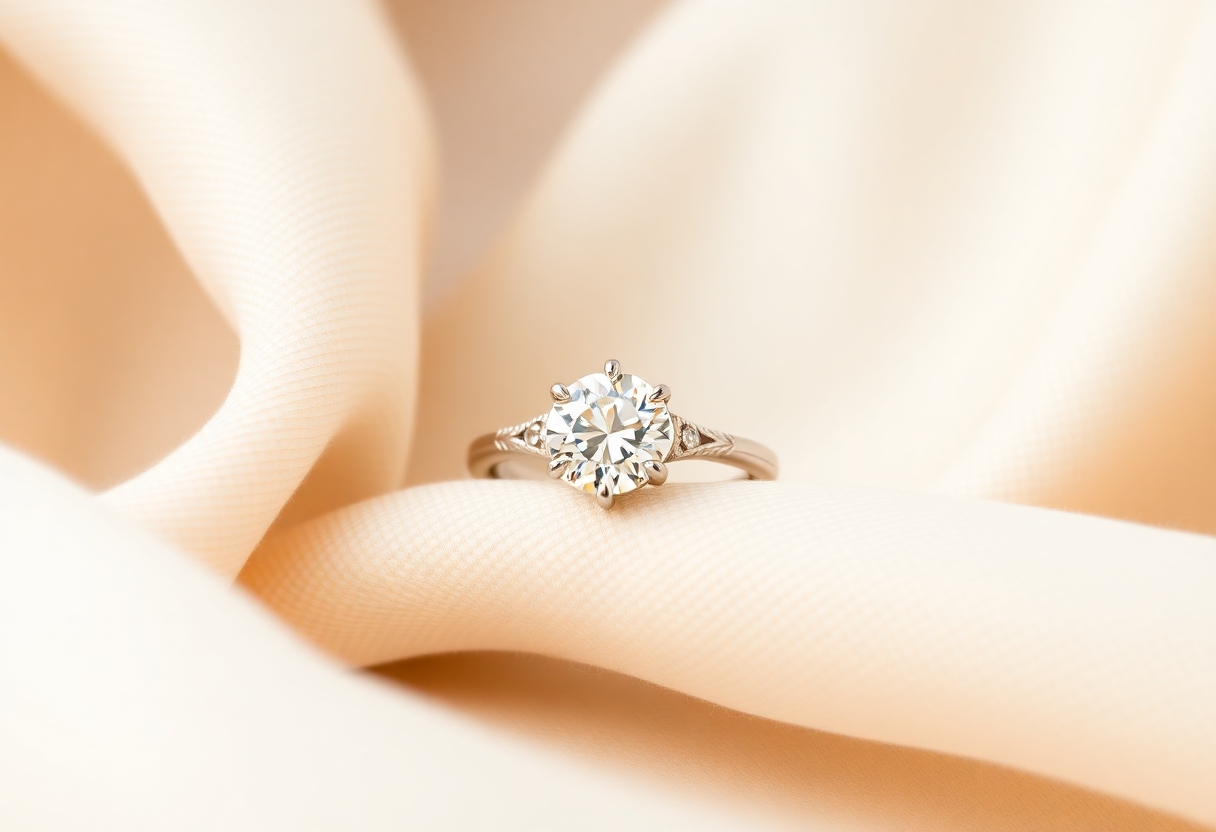
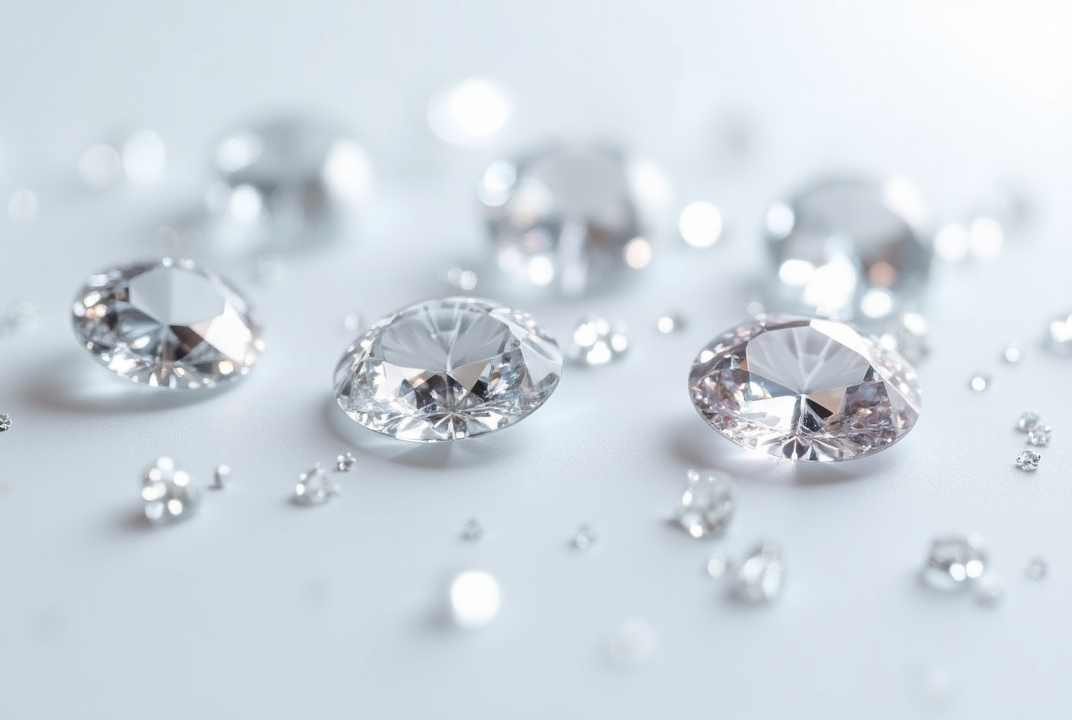
Leave a Comment